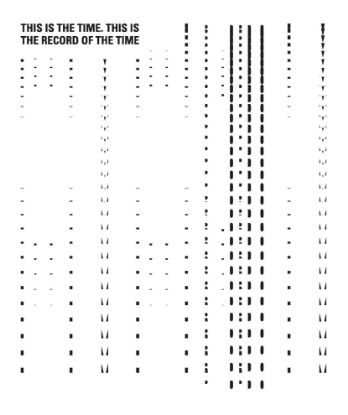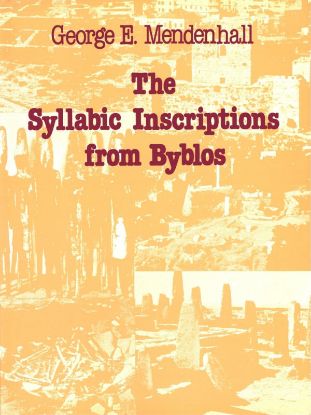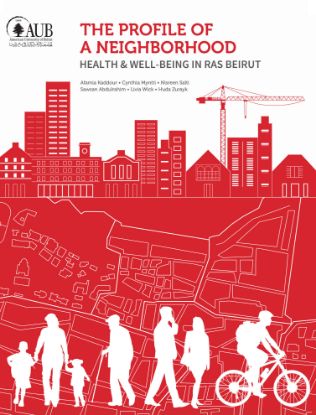Filter by price
AUB Press
This is the Time. This is the Record of the Time
This Is the Time. This Is the Record of the Time is a hybrid anthology of commissioned art and written works on the subject of capturing time and temporality, representing a collaboration between the American University of Beirut Art Galleries and the Stedelijk Museum in Amsterdam. There is a common perception that time is accelerating. The need to pause, slow down, and regain ground has become a necessity, to grasp our “Runaway World," as Anthony Giddens aptly terms it. Critically evaluating this precious commodity, time, with thoughts grounded philosophically, historically, and in terms of media theory allows for a more in-depth discussion on the perception of time and how the act of recording it affects its perception and treatment. The experience of time is mediated by the technologies that record it. Quoting the introduction, “Thinking about Time: Proposition" by one of the editors, Angela Harutyunyan (p. 23), the book proposes “that to think time and to experience the time of thinking makes oneself out of joint with time or, rather, with the notions of temporality that dominate our epoch."
$30.00
The Syllabic Inscriptions from Byblos
The French expedition to the ancient Phoenician city of Byblos (modern Jbeil) from 1928 to 1932 discovered a group of nine texts carved in stone or stamped on copper plates. It was clear that the writing system was syllabic, not alphabetic, and was very closely related to Egyptian hieroglyphic characters. This volume presents a deciphering of eight of those texts, together with philological treatment of the language, and places the language into the context of ancient historical and social processes. The language of the texts appears from internal evidence to be a very archaic West Semitic, and antedates the separation of the Arabic and Canaanite branches of the Semitic language family. Evidence from the texts supports the conclusion that Arabic originated in the coastal regions of the Eastern Mediterranean, known in the classical period as Phoenicia and Palestine, in the Early Bronze Age before 2000 BC. The writing system is shown to be the missing link between Egyptian and the late Canaanite alphabet.
$16.00
The Profile of a Neighborhood: Health & Well-Being in Ras Beirut
The Profile of a Neighborhood presents an overview of the findings of the Ras Beirut Well-Being Survey, conducted in 2009–2010 by members of AUB's Faculty of Health Sciences. It represents the efforts of a multidisciplinary team drawn from across the American University of Beirut, and provides the first systematic portrait of Ras Beirut in the last forty years. The survey's goal was to provide up-to-date sociological, demographic, and health information about neighborhood residents, a valuable snapshot of life in Ras Beirut shortly before the conflict in Syria brought an influx of Syrian citizens to the neighborhood. The book presents a wide variety of statistical details about the residents of Ras Beirut, including marital status, nationality, household structure, religiosity, income and household wealth, education, and quality of life. Its findings suggest that even in Ras Beirut, which is considered an affluent neighborhood of which AUB is a part, it is possible to find extremes existing side by side—wealth and poverty, social and economic inequality, and the corresponding effects on well-being.
$12.00



